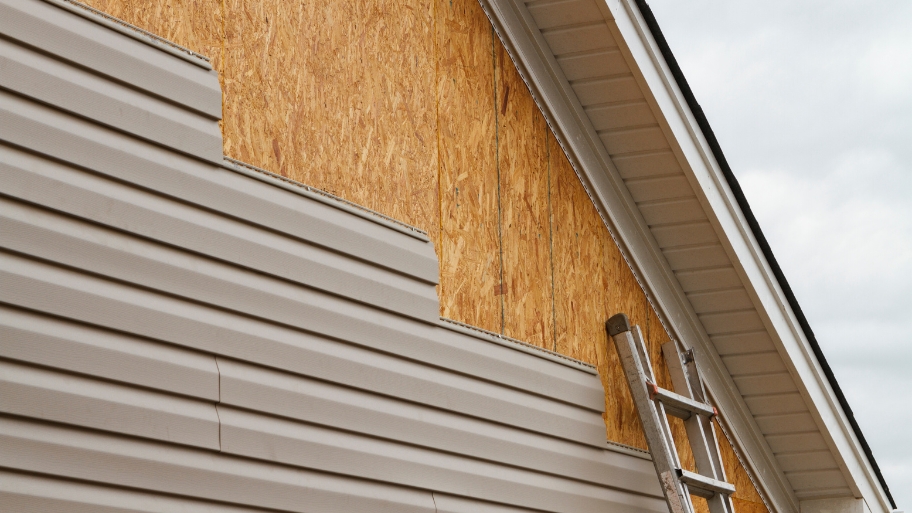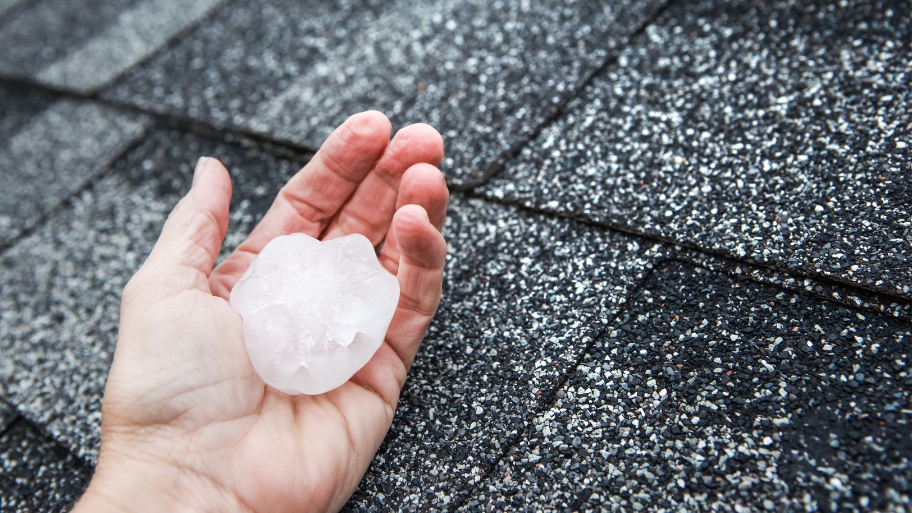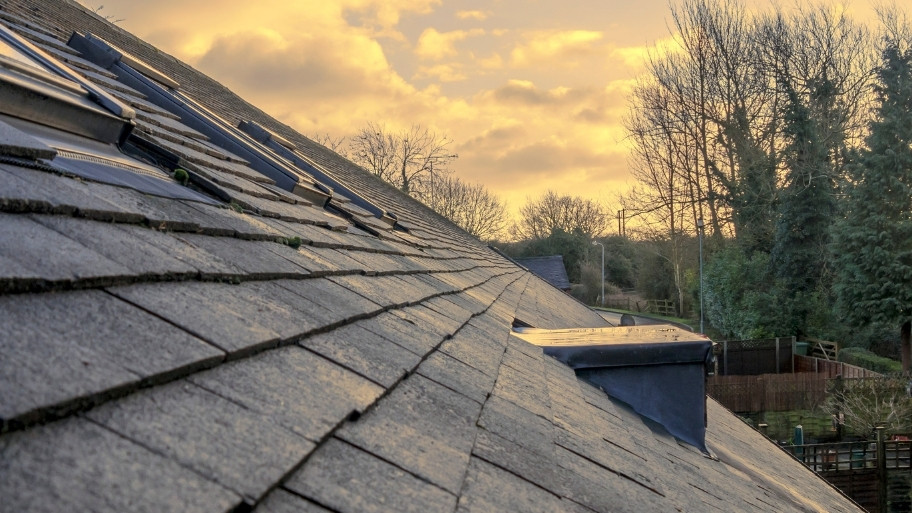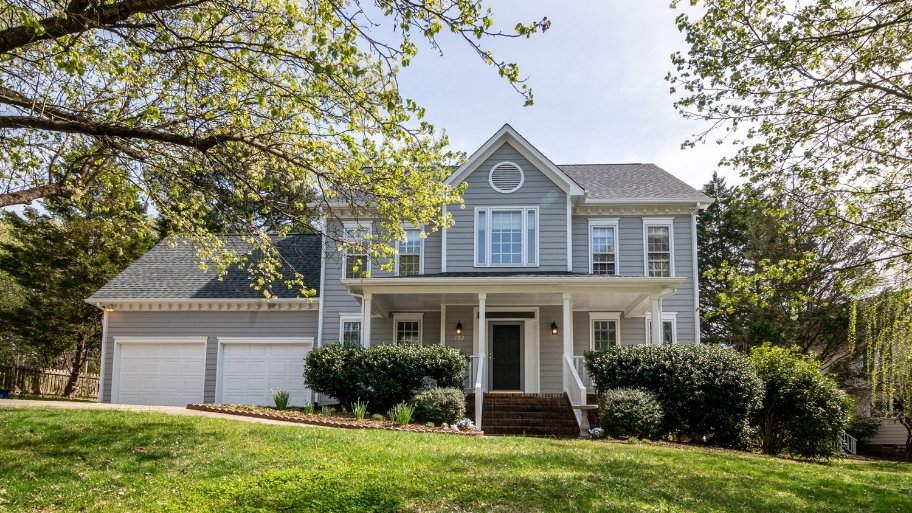Inspecting a Midwest roof yearly is a preventative maintenance job every homeowner should prioritize. Before you read any further, make a reminder for yourself to check your roof during an upcoming warm day here in the Midwest. It’s a fantastic method to spot potential roofing issues.
If you’re afraid of heights, grab a pair of binoculars for a ground-level roof inspection. But if you’re comfortable with heights, use a ladder to get a closer look.
Roof inspection checklist
Here’s a checklist of things you should look for while inspecting your roof:
- Cracked caulk or rust spots on flashing
- Shingles that are buckling, curling, or blistering
- Missing or broken shingles
- Cracked and worn rubber boots around vent pipes
- Missing or damaged chimney cap
- Moss growth (this can be a sign of roof underneath roof decay underneath)
7 steps to inspecting your home’s roof in the Midwest
1. Walk around your home’s exterior, inspecting the roof from the ground for signs of damage, sagging, and aging. Make note of any possible problem areas you find or areas that need closer inspection.
2. Identify areas with moss, algae, or piles of leaves – these areas are notorious for causing costly leaks and water damage.
3. Look out for buckled and curled shingles. Hot air from attics often cause shingles to buckle and curl away from the home, putting your roof and home at great risk for weather damage and poor roof ventilation.
4. Missing, damaged, and aged shingles are leading causes of roof damage. When you take the time to inspect your roof, you can catch minor issues like these before they turn into major issues followed by serious damage.
5. Cleaning your gutters and roof overhangs and maintaining your downspouts is an important task for homeowners. Make note of open joins and signs of rot during your inspection, as those are typical indicators of larger issues wh.
6. Piles of colored grit from asphalt roof tiles in the gutters is a bad sign of shingle damage. The surface of roof shingles shields them from the damaging impact of storms and the sun’s ultraviolet rays. It’s time to replace your shingles if they have little to no texture left.
7. If your home has an attic, look for signs of water penetration under your roof.
Hiring a professional for roof repairs
After you’ve inspected your roof and identified possible problems, it’s time to contact a trusted professional roofer.
Take a look at these 5 questions you should ask any potential roofing contractor you might hire. For a trusted Midwest roofing contractor, call JB Roofing at 515-554-1964. We’ll be more than happy to address any of your questions or concerns.
Finding early signs of a roof leak
Problems can occur at any time, but a yearly inspection is a good way to avoid costly repairs.
Early signs of trouble include:
- Dark areas on ceilings.
- Peeling paint on the underside of roof overhangs.
- Damp spots alongside fireplaces.
- Water stains on pipes venting the water heater or furnace.
If you find worrisome signs, especially if your roof is old or there’s been a recent severe storm, get a professional assessment. Call JB Roofing & Gutters for a free assessment at 515-554-1964.
After you’ve inspected your roof
After you’ve completed the roof inspection, you should determine if it’s time to contact a professional. It’s a good idea to contact a professional roofer immediately if you’ve discovered any potential problem areas or concerns. Being a proactive homeowner will protect your home and save you from costly repairs down the road.
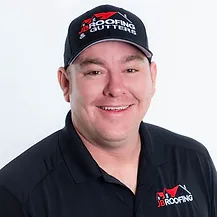
About the Author
Joe Burkhart, the driving force behind JB Roofing, has been a trusted roofing expert in Ankeny, IA, since 2006. Joe’s passion for quality craftsmanship and personalized service comes from over 20 years of hands-on experience, starting his journey in the roofing industry back in the early 1990s. JB Roofing is more than just a business to Joe—it’s a reflection of his commitment to providing reliable, long-lasting roofs that protect homes and families across Iowa.

